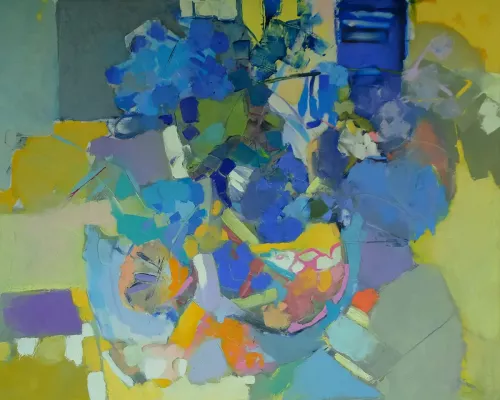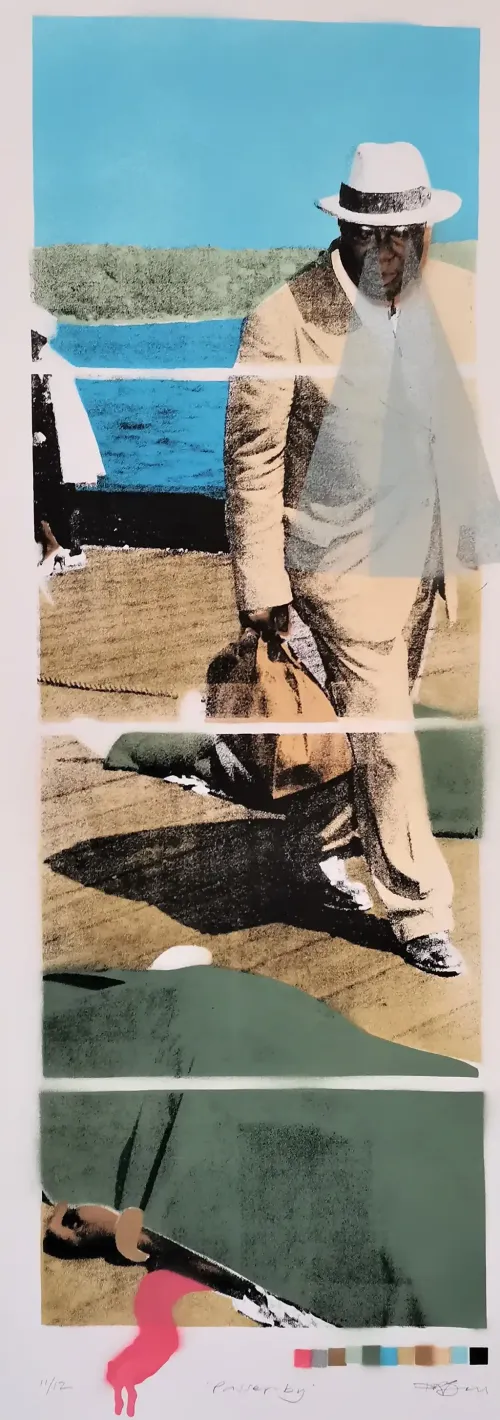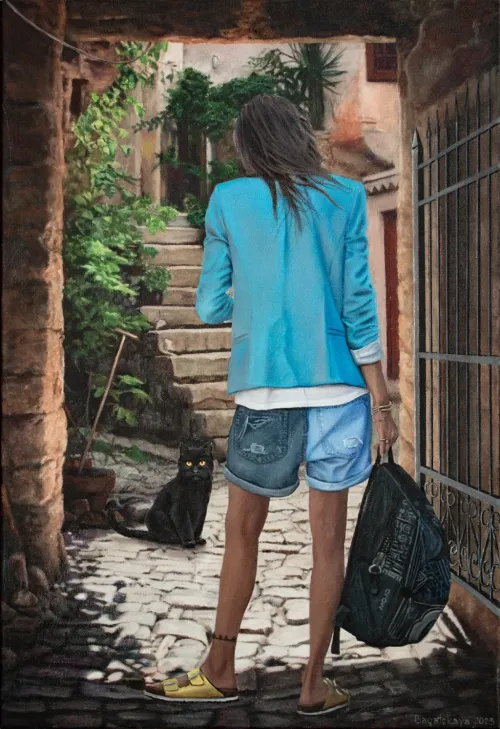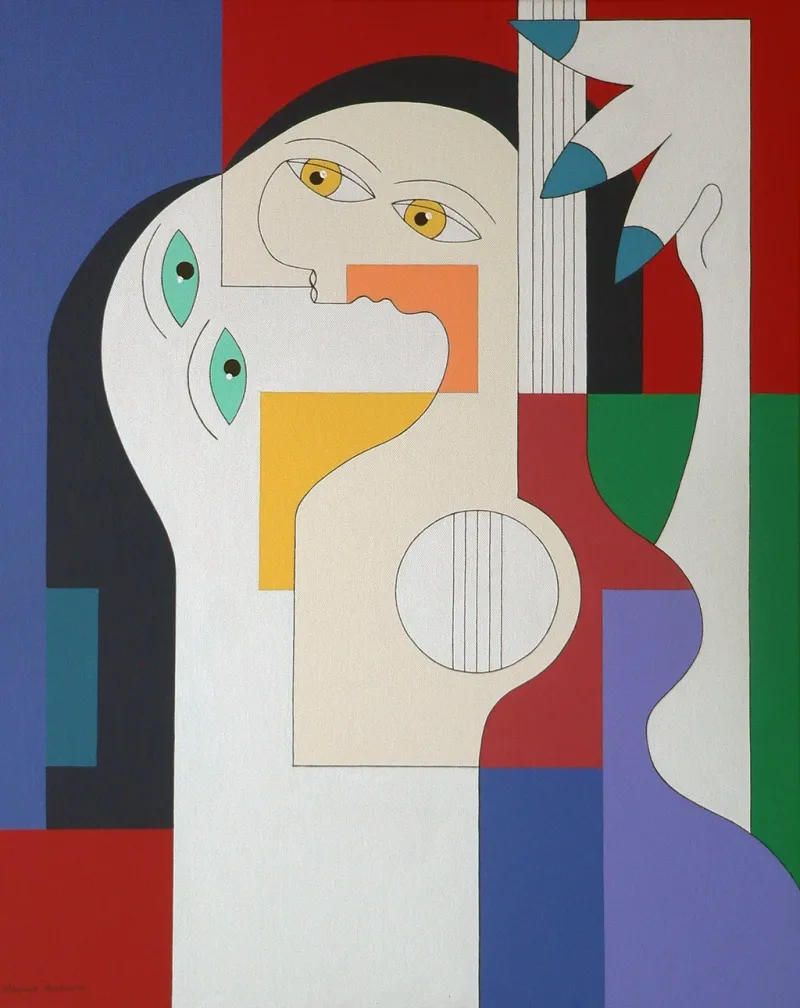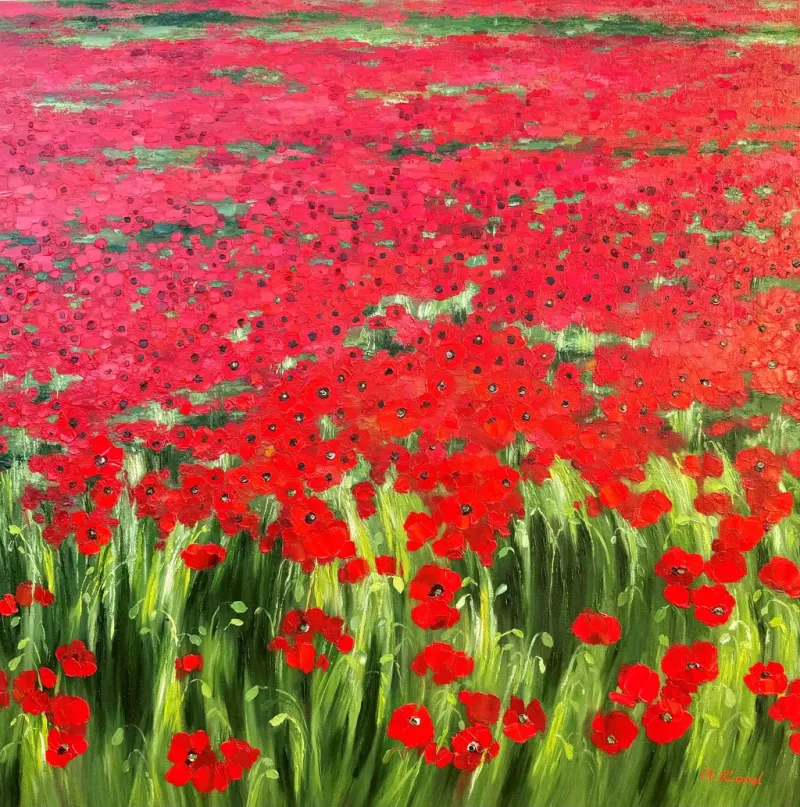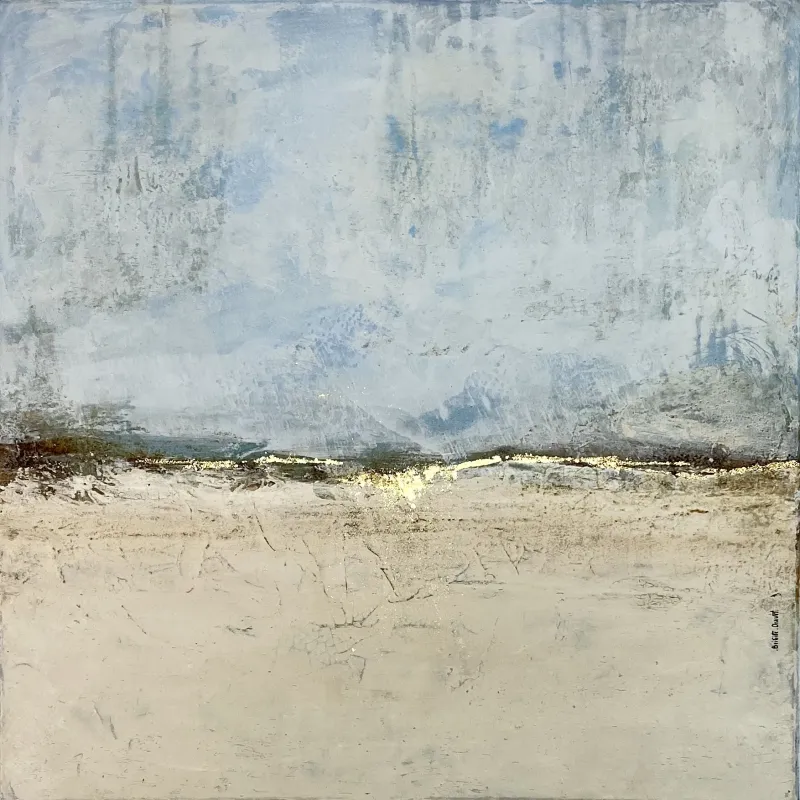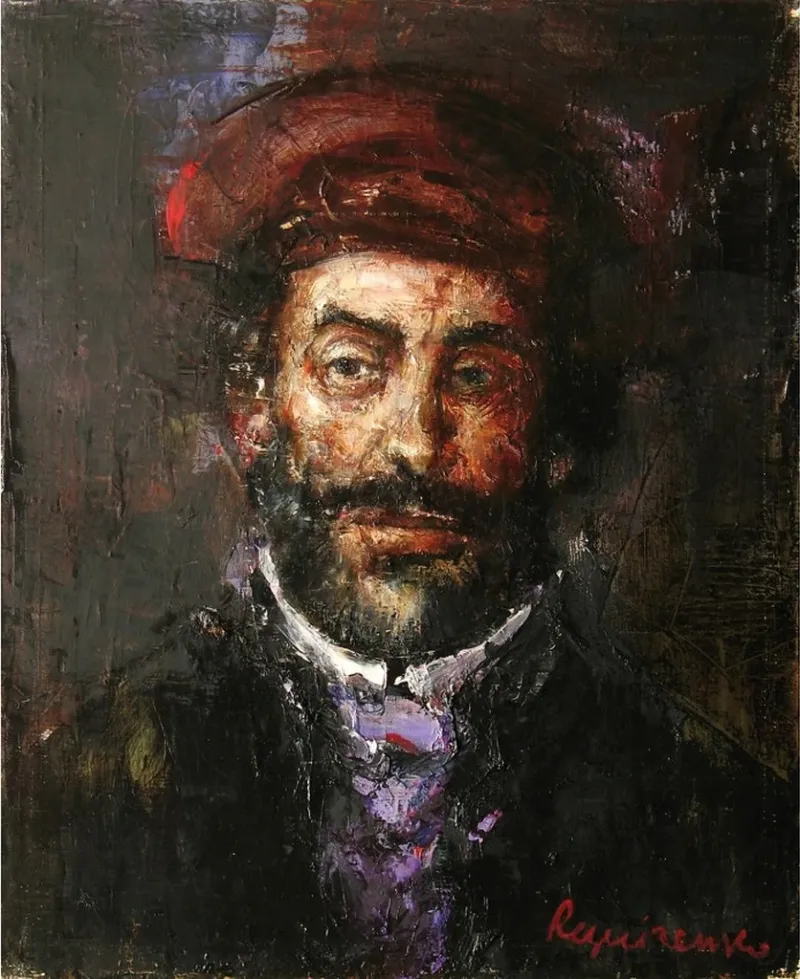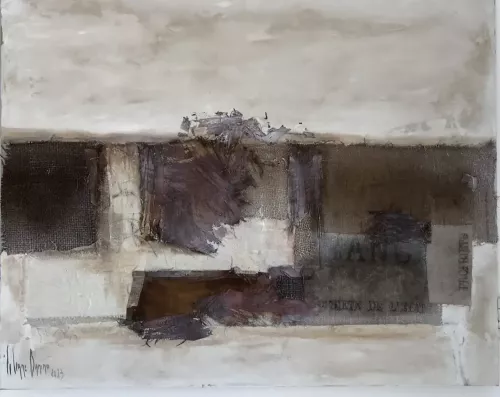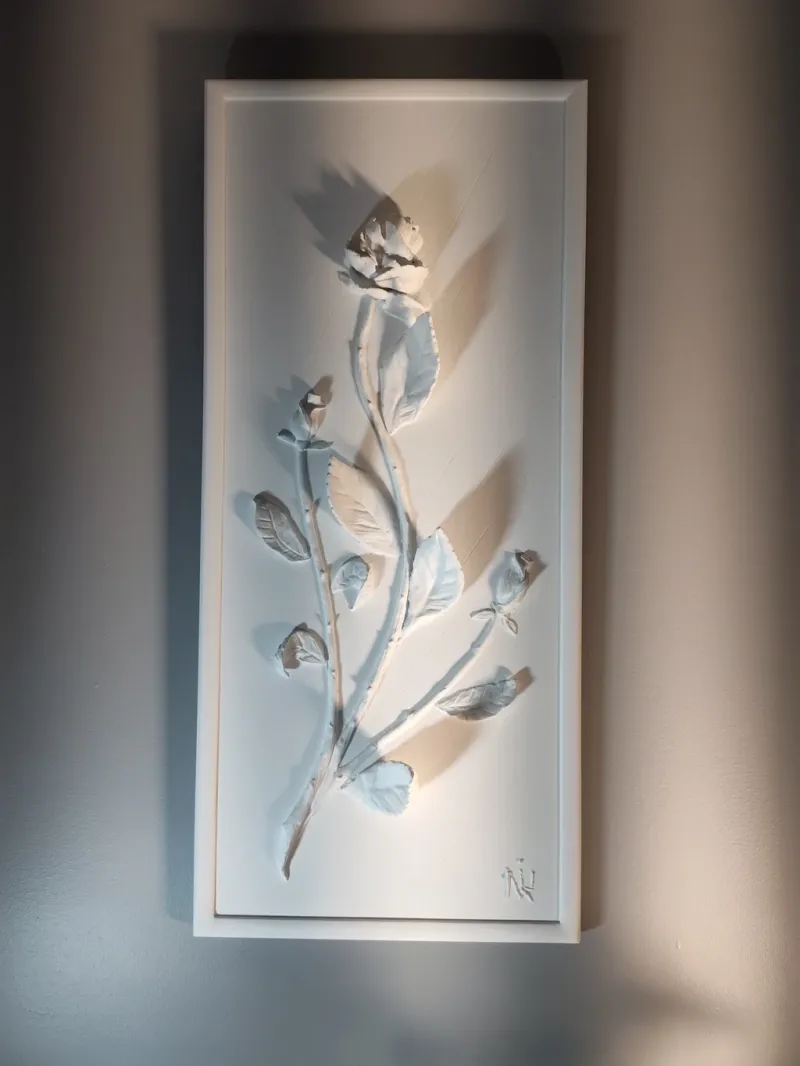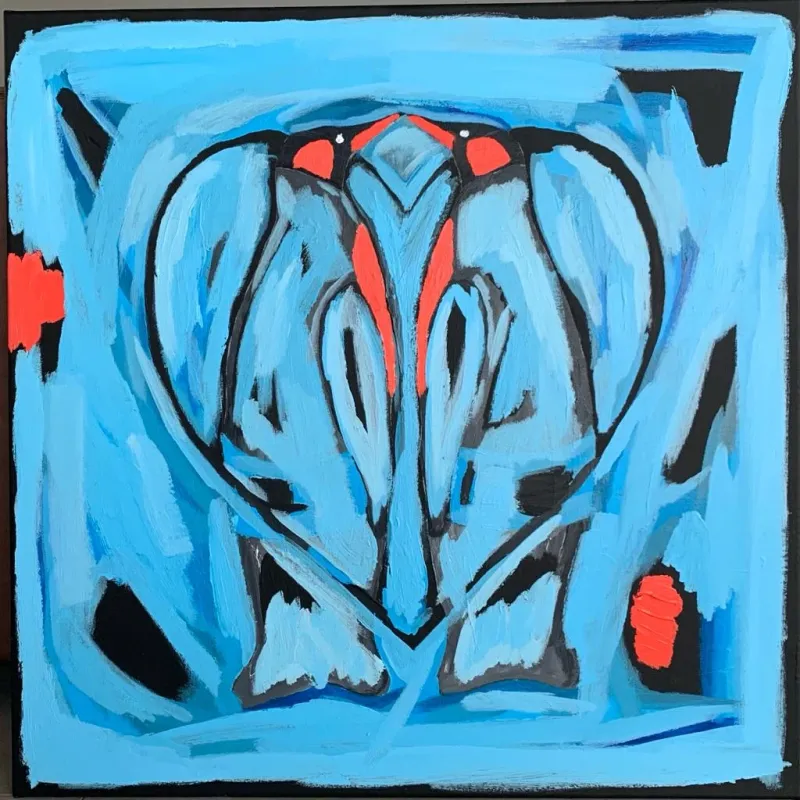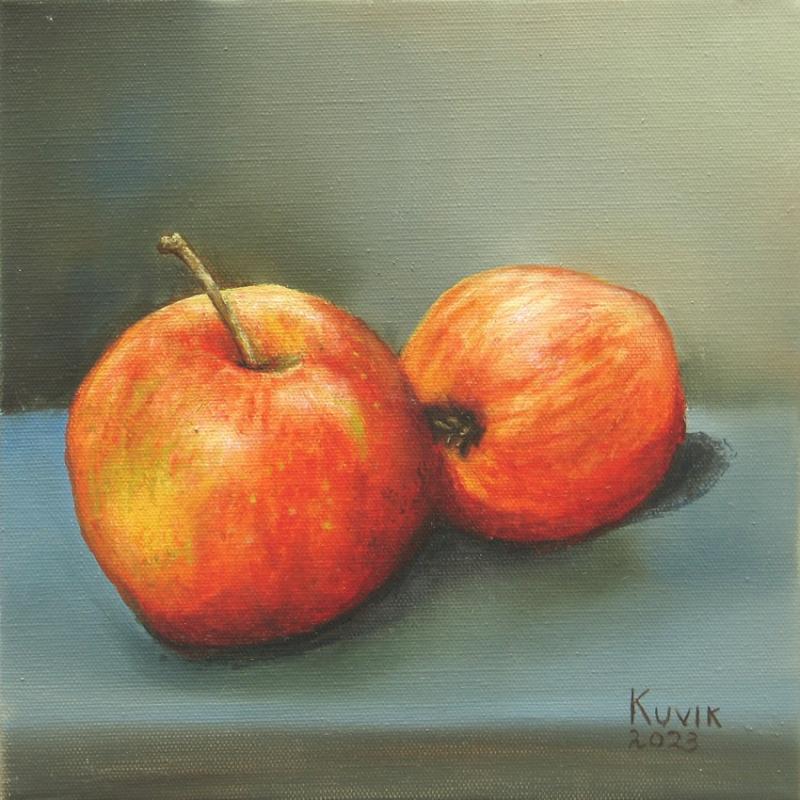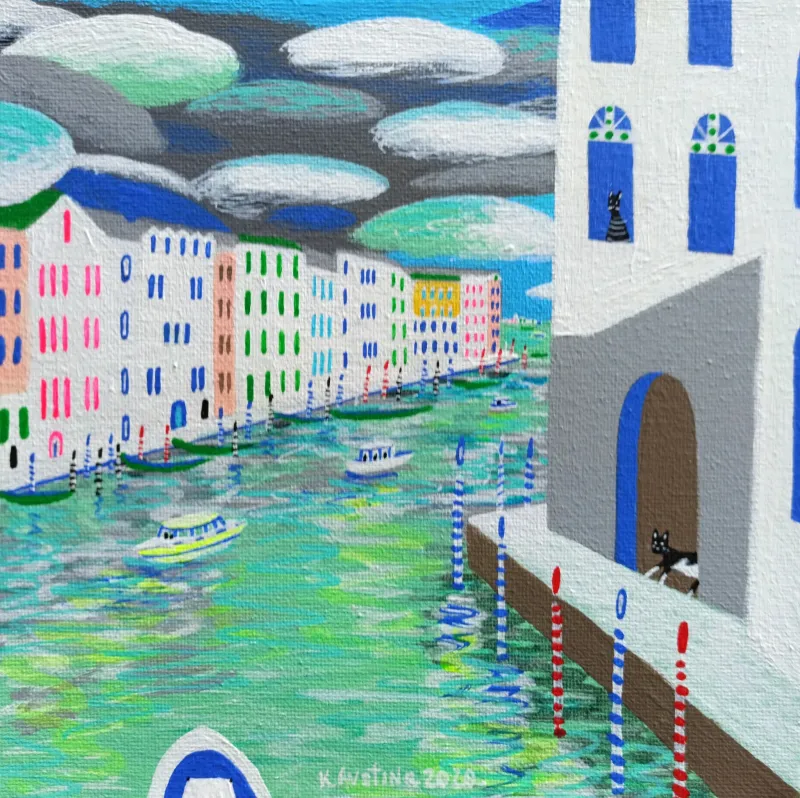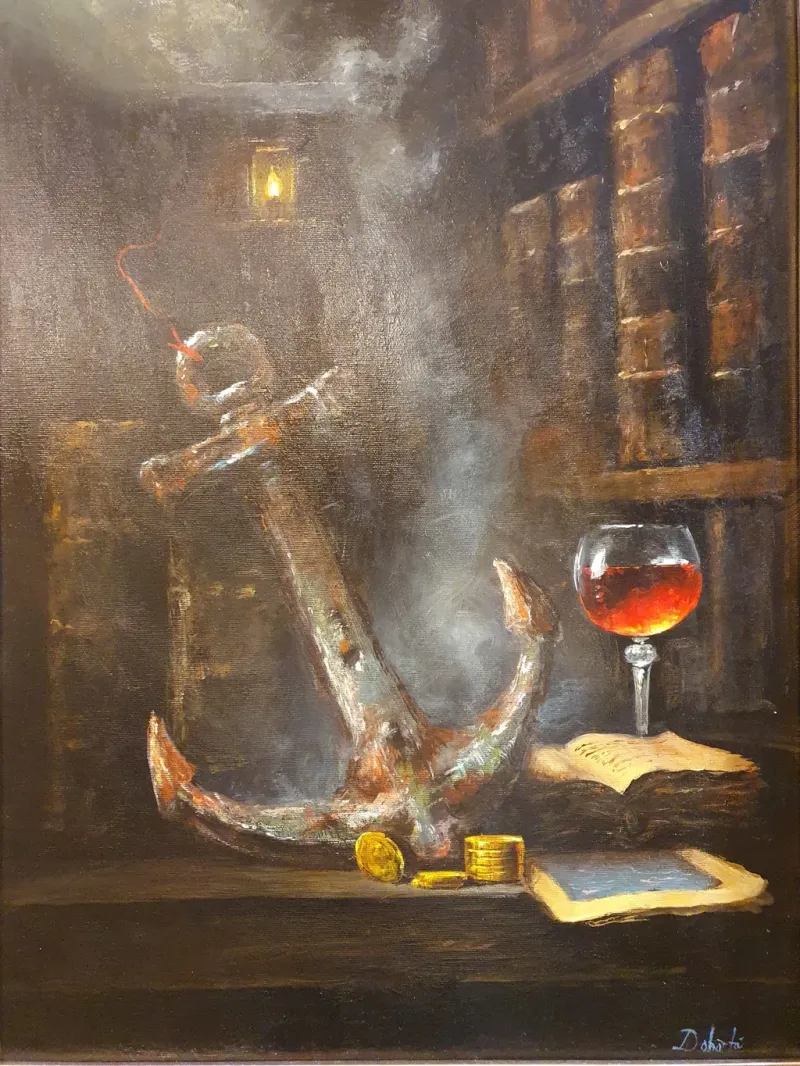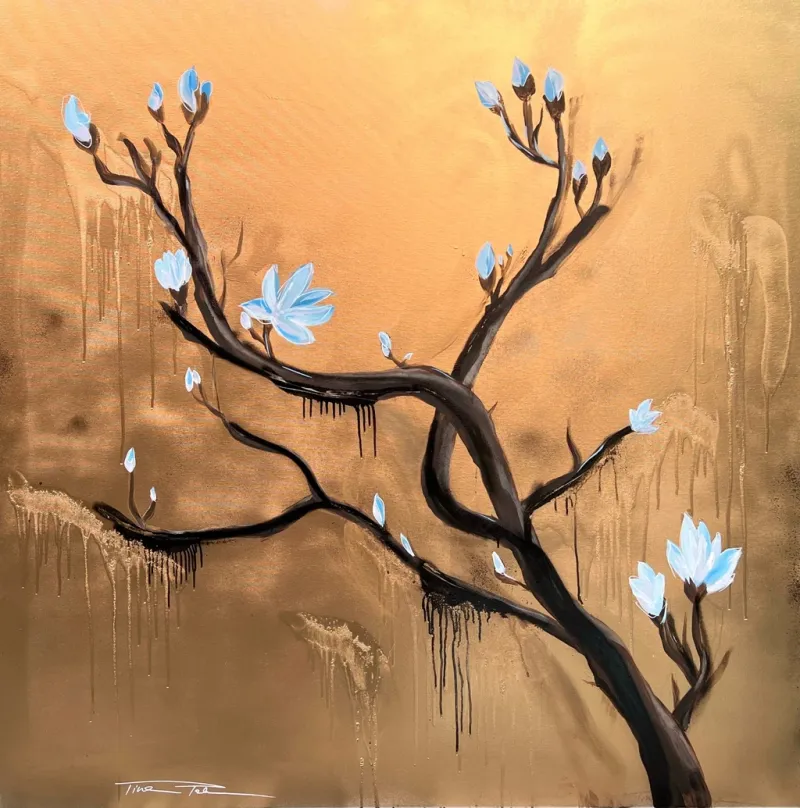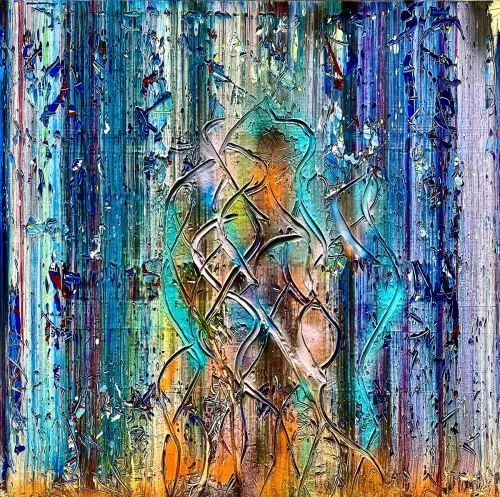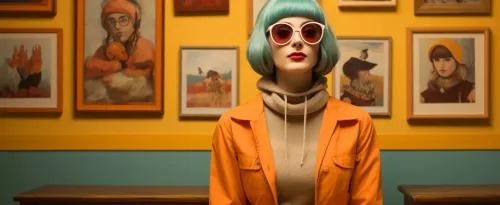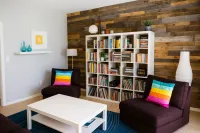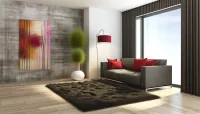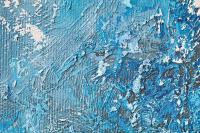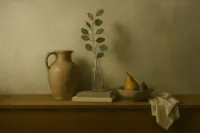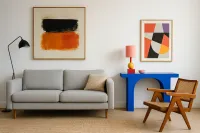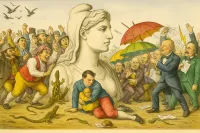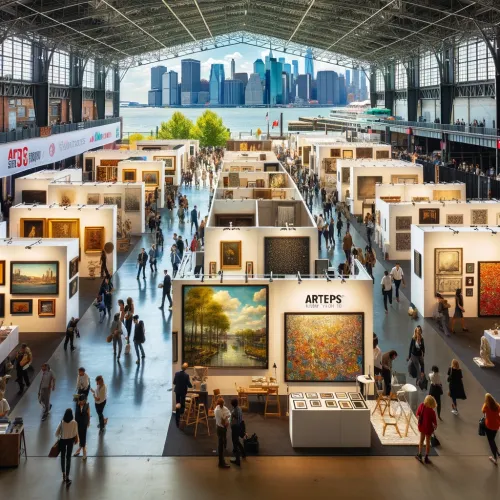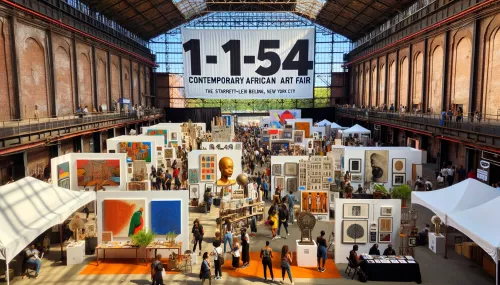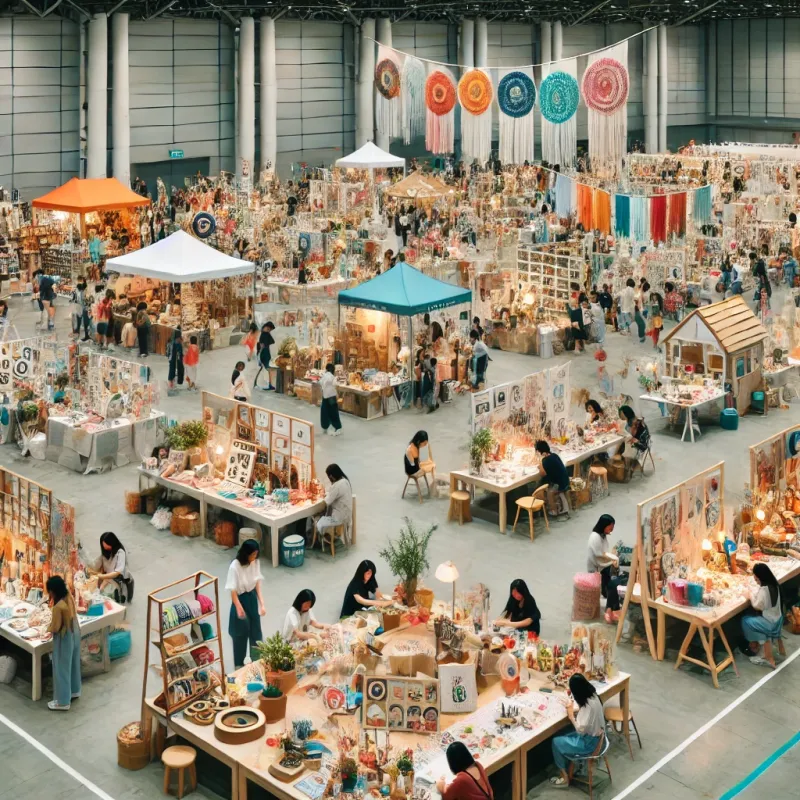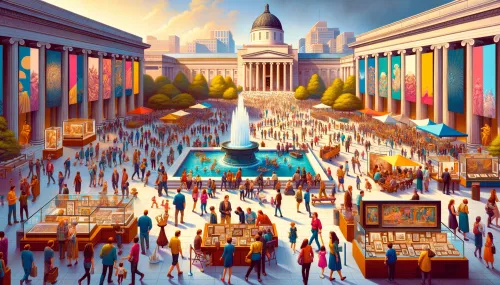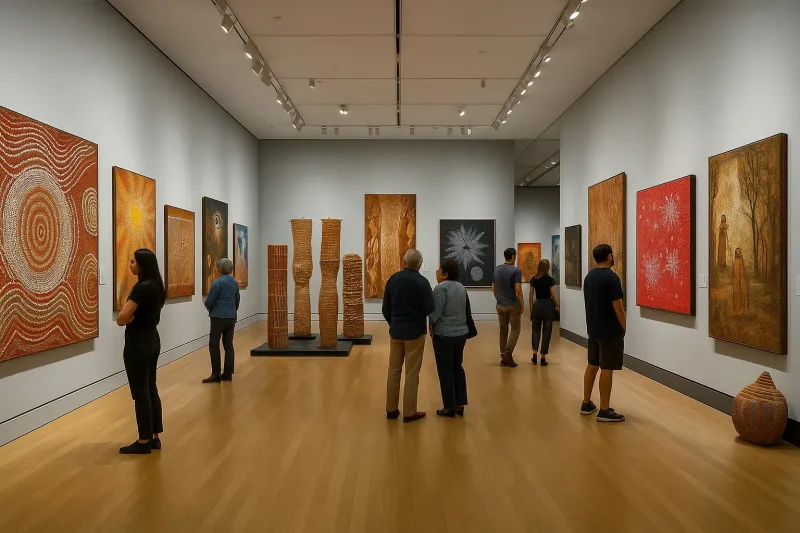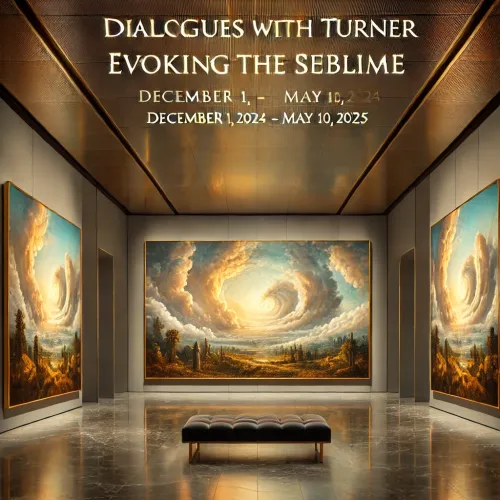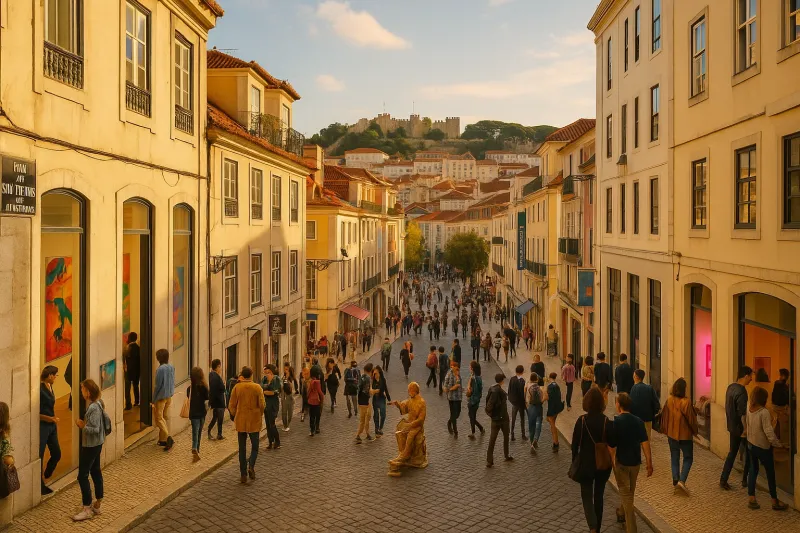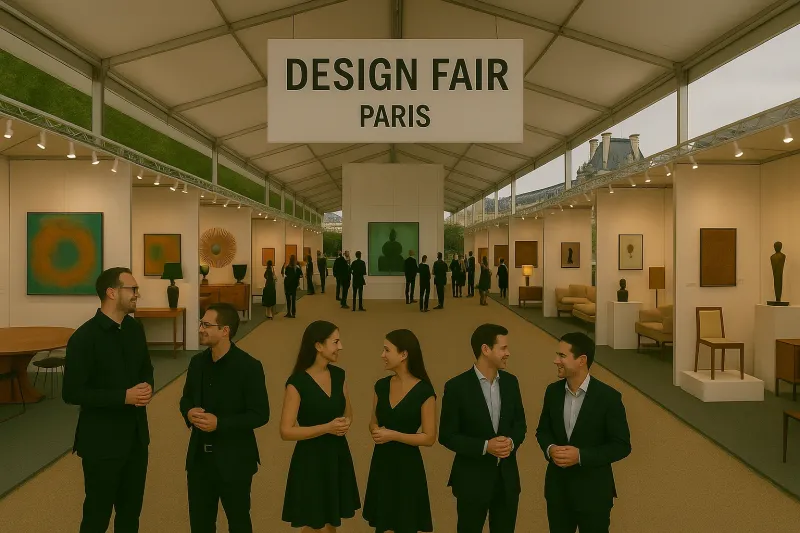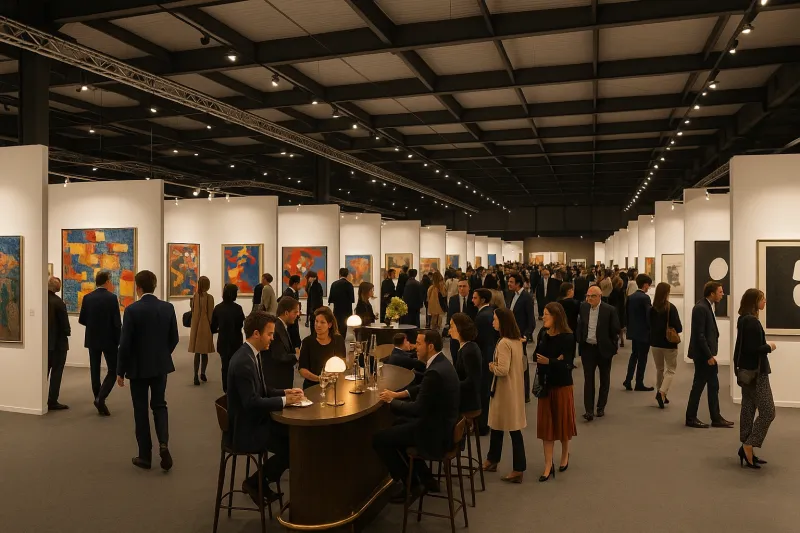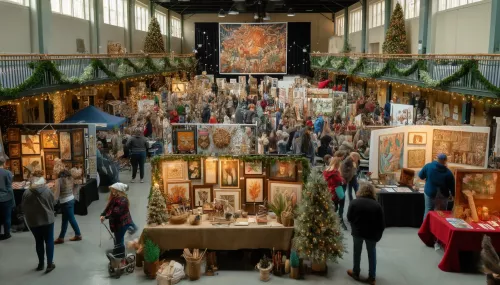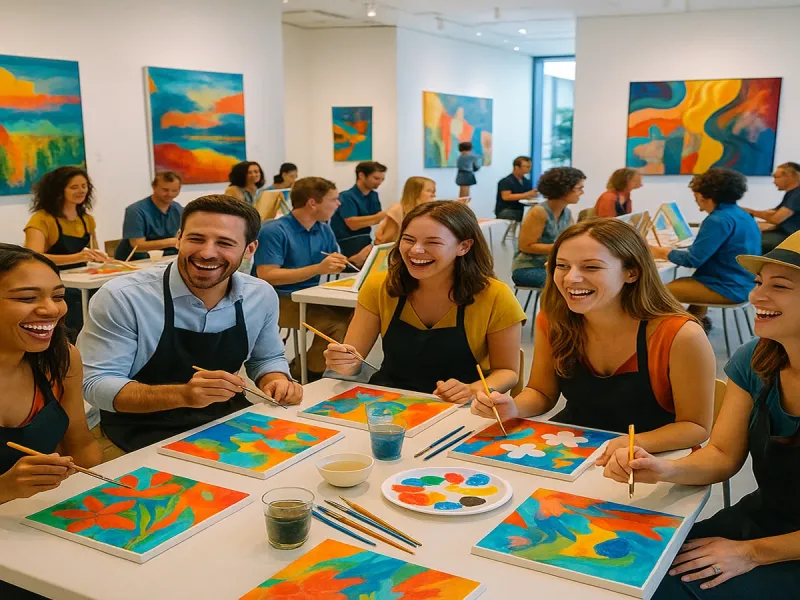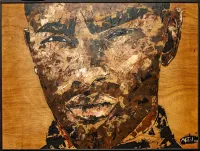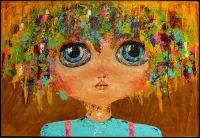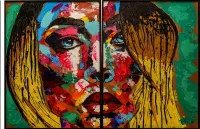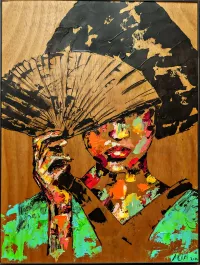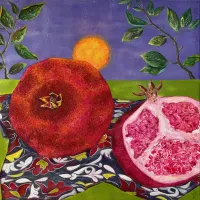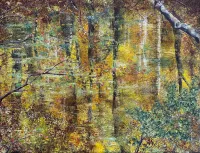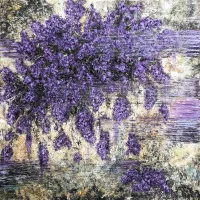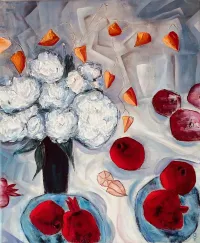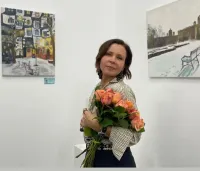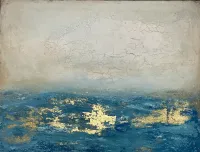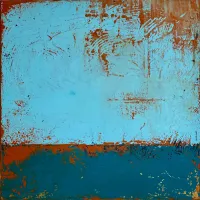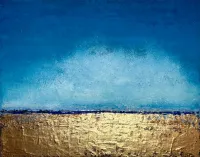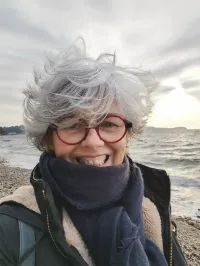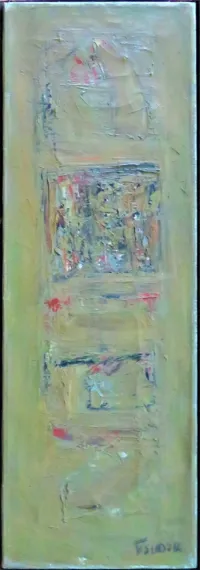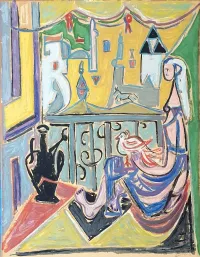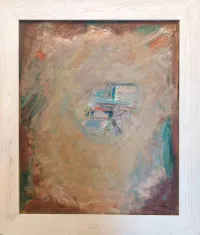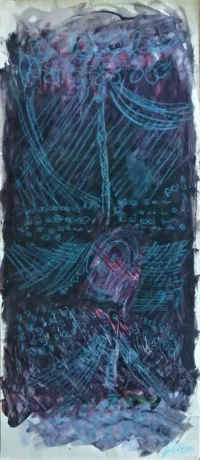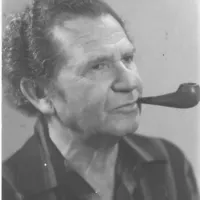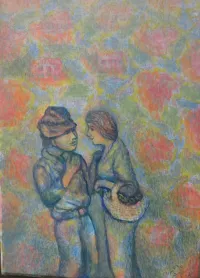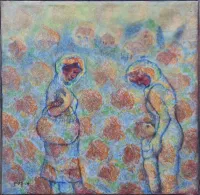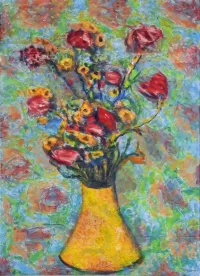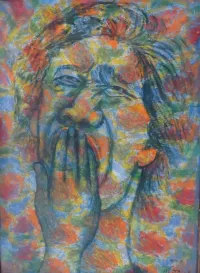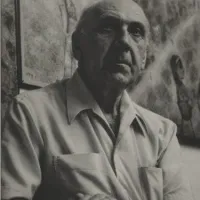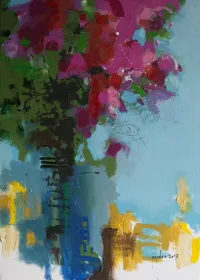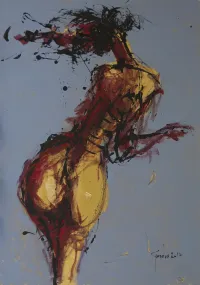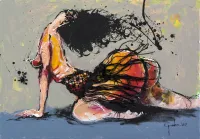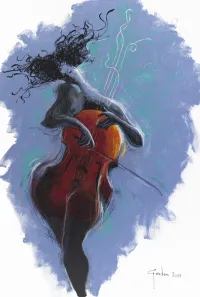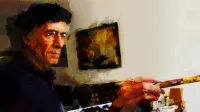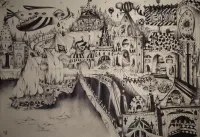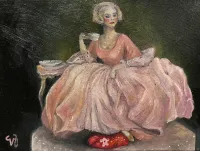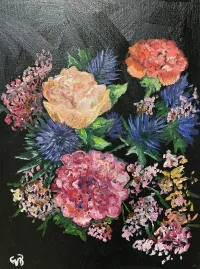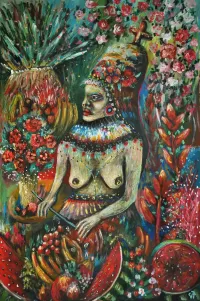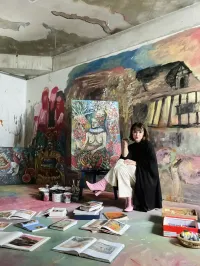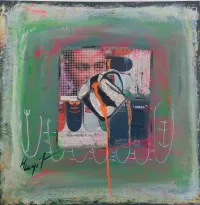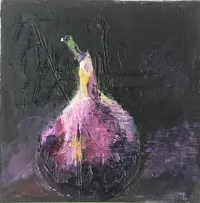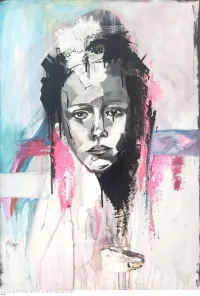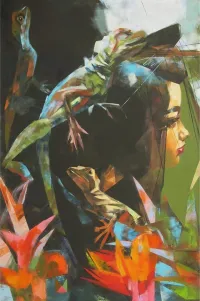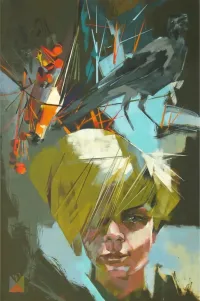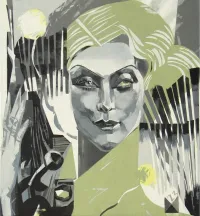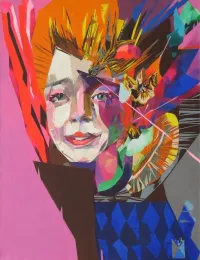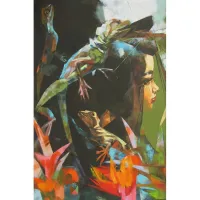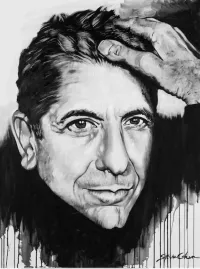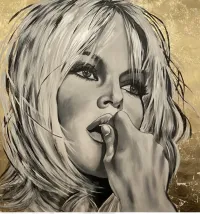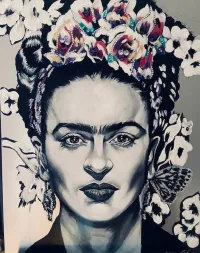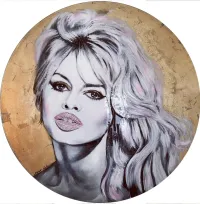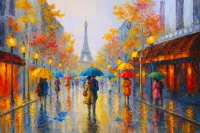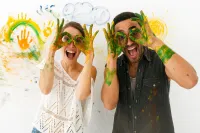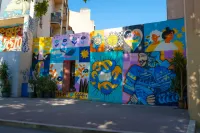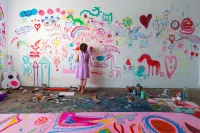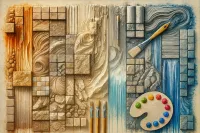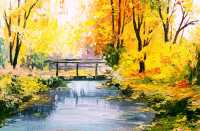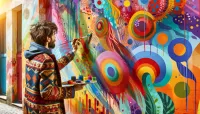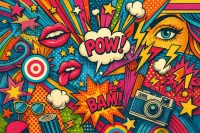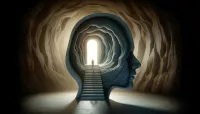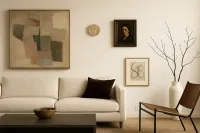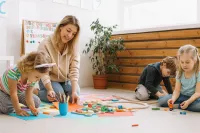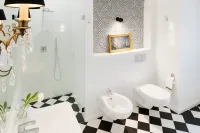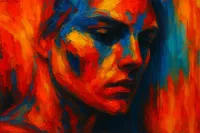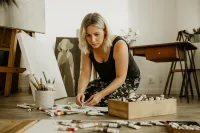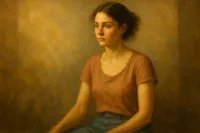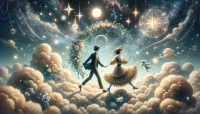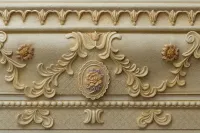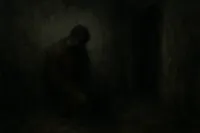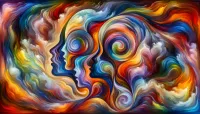The Rise of Colored Pencil Art
Colored Pencil Art Ascends: From Craft to Fine Art's Cutting Edge
Published:
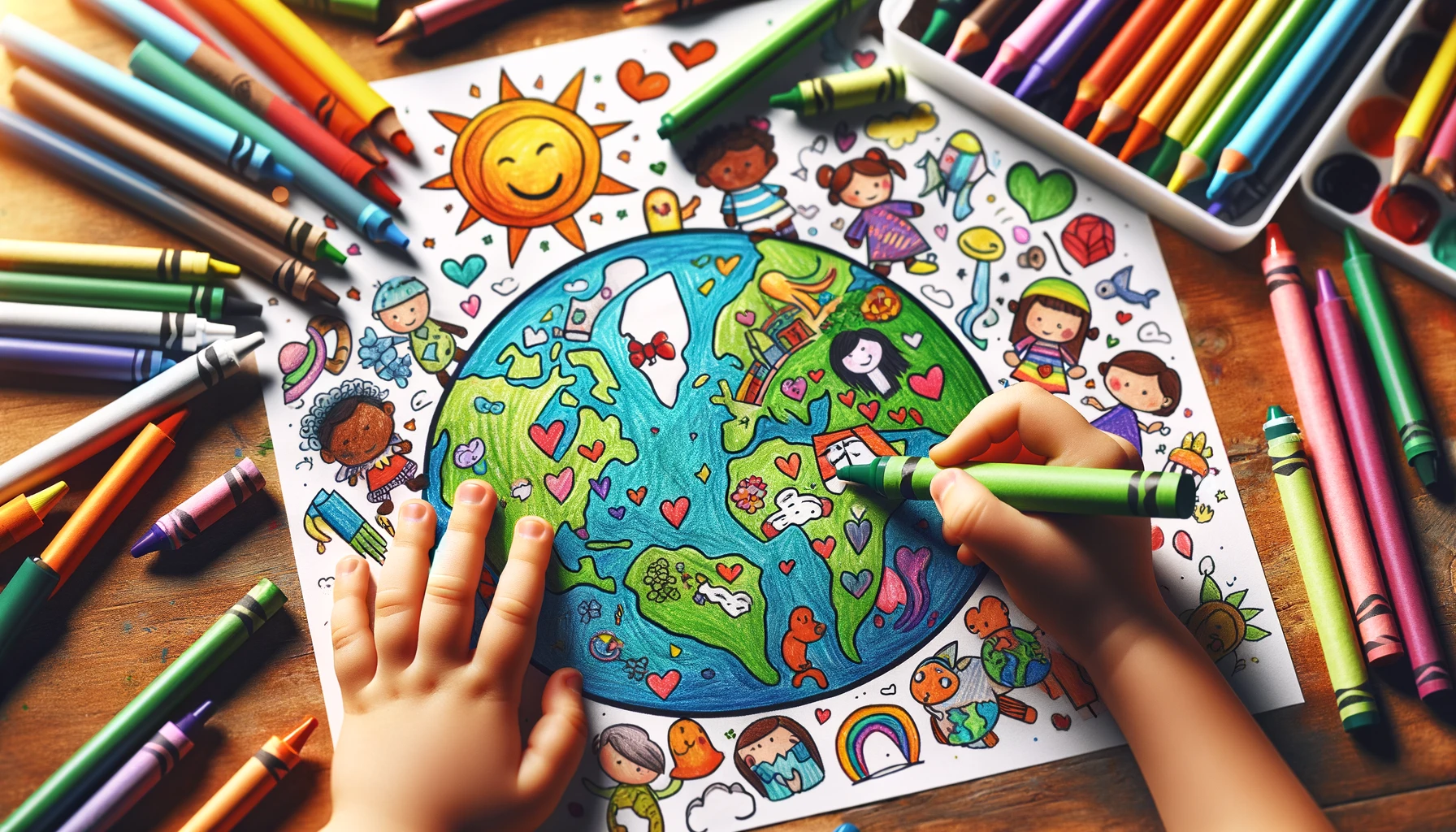 The Rise of Colored Pencil Art
The Rise of Colored Pencil Art
Colored Pencil Art Ascends: From Craft to Fine Art's Cutting Edge
The Growing Recognition of Colored Pencil Art
Long dismissed as a craft rather than fine art, colored pencil drawing has gained recognition for technical virtuosity and emotive expressiveness. As contemporary artists push the medium’s possibilities, the art world increasingly spotlights explosively detailed and subtle colored pencil work spanning styles from photorealism to abstraction.
Colored Pencil Drawing Through the Ages
Renaissance masters used colored chalks before mass-produced pencils popularized colored drawing in the 1800s. But only in the late 20th century did artists like Bet Borgeson advocate for the medium’s fine art merits, spurring innovations in materials and validation through major exhibitions. Living legends like Brazilian hyperrealist Diego Fazio now spotlight colored pencil’s resurgence.
The Artists You Need to Know: Influential Figures in Colored Pencil Art
From precision portraitist Alyona Nickelsen to metallic abstractions by Austrian pioneer Georg Kinold, artists expanding colored pencils’ creative horizons include watercolorist impressions by Karen Hull, magical botanicals by Cynthia Knox, fantastical creatures by Nikki Burnette, and illusionist space-bending drawings byust February. These makers’ distinctive styles highlight colored pencils’ versatility.
The Diversity of Colored Pencil Drawing
Approaches range widely - from Paul Lung’s atmospheric seascapes to Juan Francisco Casas’ photo-inspired confined spaces to Yao Cheng Design’s geometric optical illusions. Denise Howard’s florals employ botanical accuracy. Timothy Jahn centers on saturated color fields. crystalline facets sparkle in works by Christian Faur like gemstones. Such diversity emerges through varying pencil pressure, layering translucent color, cross-hatching, burnishing, watercolor washes, ink line contrasts, erasure reveals, and more. This versatility fuels innovations.
The Intricacies of Colored Pencil Portraits
Intimately capturing personalities, colored pencils nuanced skin tones and delicate blending ability excel for portrait drawing luminaries like Alyona Nickelsen, Ester Roi, and Yao Chen. Subtle gradations emote softly through Ester Roi’s tenderness and wispy detail. Yao Chen’s peachy light against muted backdrops spotlights vibrant gazes. Alyona Nickelsen transfers photographs into hyperrealistic renditions where colored pencils rival skin’s semi-translucent glows. In all cases, smoothness conveys sensitivity celebrating subjects’ inner essence.
The Choice of Pencils, Papers, and Tools
Materials shape results. Smooth paper allows wax bloom layering; the tooth grabs pigment. Standard pencils administer everyday realms. Professional grades’ saturated hues better capture the luminous intensity. Colorless blender pencils soften and tint. White pencils lighten highlights. Water-soluble pencils enable watercolor effects when washed. Custom sharpeners expose optimal points; manual blade sharpening personalizes shapes. Well-loaded surfaces prevent starving strokes; angle choices direct textures. Through implements, artists make mediums their own.
Buying and Selling Colored Pencil Art
Despite historically prejudiced perceptions, colored pencil work now sells steadily at art fairs, through online galleries, and directly from artists. Retail prices span under $50 for small prints and upwards of $5000+ for extensive original drawings by top artists. Limited editions balance access and exclusivity. Secondary auction markets continue gaining traction after colored pencil breakthroughs at blue chip houses like Sotheby’s signaled shifting status. Though pricing still trails oil and acrylic painting partly due to art world mythologies still being dismantled around museum conceivability.
The Future of Colored Pencil Art—What to Expect
As 21st-century artists author new movements for one of humanity’s most primal mediums, colored pencil art nears an inflection point between legacy craft associations and cutting-edge contemporary material innovations. With global connectivity enabling widespread stylistic cross-pollination and sharing of advanced techniques through online workshops and videos, colored pencils’ creative horizons expand exponentially across both fine art and illustration spheres. We anticipate more fluid convergence between digital image making and hand-wrought drawing as well as recognition for colored pencil’s unique voice emerging distinctive from other graphic media through outstanding practitioners’ masterworks.


